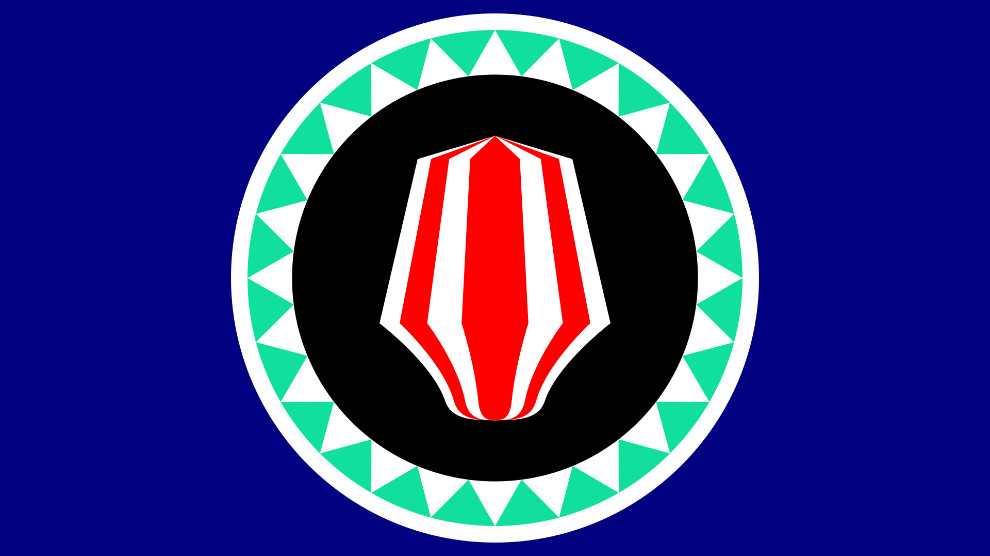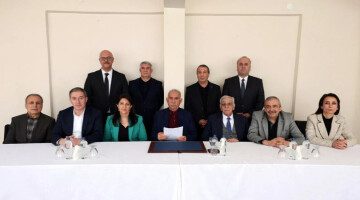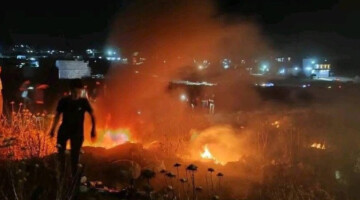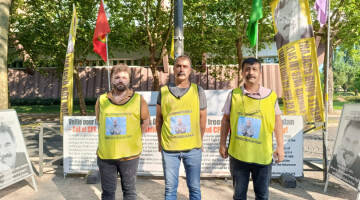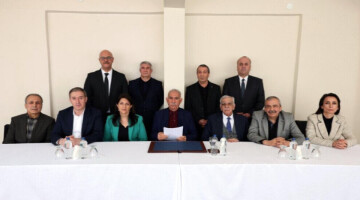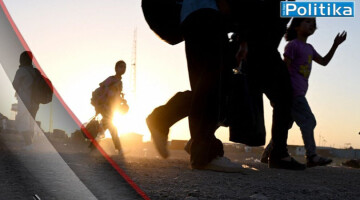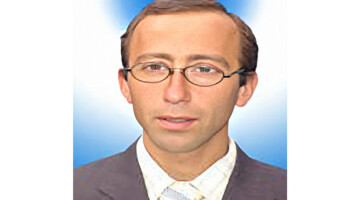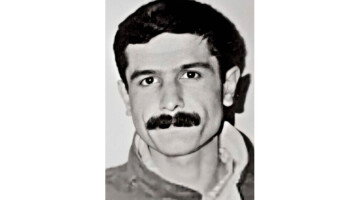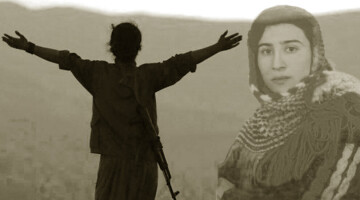The results of the referendum held, during 15 days, in the autonomous region of Bougainville, a region of Papua New Guinea, leave no doubt: with a participation of 87%, 98,3% of the people expressed their preference for independence.
However, the plebiscite, part of the peace agreement between the Government of Papua New Guinea and the insurgent groups, signed in 2001 with the mediation of the regional power (Australia), is not legally binding, so for the birth of this new country will have to wait for a negotiation between the authorities of Papua New Guinea and the regional government of the region (established by the peace agreement).
The Bougainville region is located in the Pacific and is composed of the island of the same name (the largest of the Solomon Islands), Buka and the Cartenet archipelago.
With an area of 9,318 square kilometers and a population of about 234,000 inhabitants, these territories suffered an armed conflict, from 1988 to 1997, between guerrilla forces favorable to independence and the armed forces of Papua New Guinea.
The conflict caused approximately 20,000 deaths, most of them civilians as a result of intense government repression, and it was described as a "forgotten war" for its limited impact on the media.
The territory of Bougainville is inhabited by a population of diverse ethnic backgrounds, where the predominant languages are English, Hiri Motu and Tok Pisin (used as a lingua franca).
Bougainville's constitution, written in English, does not specify an official language, but calls for constitutional literature to be translated into Tok Pisin and as many local languages as possible, while also encouraging the "development, preservation, and enrichment of all Bougainville languages".
Bougainville has been inhabited by humans for at least 29,000 years. During the colonial period the region was occupied and administered by the Germans, Australians, Japanese, and Americans for various periods. The name of the region originates from French admiral Louis Antoine de Bougainville, who reached it in 1768.

